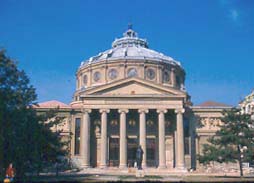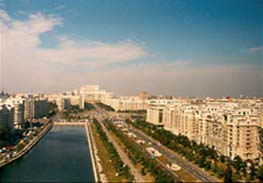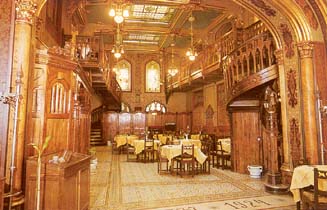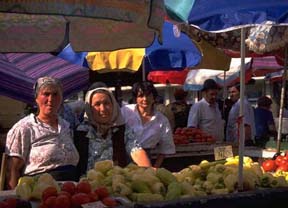Today Bucharest is experiencing renewed vigor. As the country’s major gateway, it is a natural starting point for a visit. The city’s architecture remains one of its main attractions. Highlights include Curtea Veche church, the remains of the 15th century palace of Prince Vlad Tepes, Second Empire mansions, Orthodox churches and the 6,000-room Parliament House, a legacy of Romania’s last Communist strongman, Nicolae Ceausescu.
The heart of the city is Piata Revolutiei, the site of the old Royal Palace. It lies halfway along Bucharest’s historic Calea Victoriei, the city’s main city artery. The majority of sights are conveniently within walking distance of the Piata Revolutei and, to the east of the Calea Victoriei, the Piata Universitatii.
Must-sees include the National Museum of Art, housed in the former Royal Palace; the National History Museum on Calea Victoriei, featuring the Treasury’s splendid gold collection; the magnificent Church of the Patriarchate, dating to 1657, and Herastrau Park’s open-air Muzeul Satului (Village Museum), a stunning collection of village architecture and crafts from throughout Romania.




